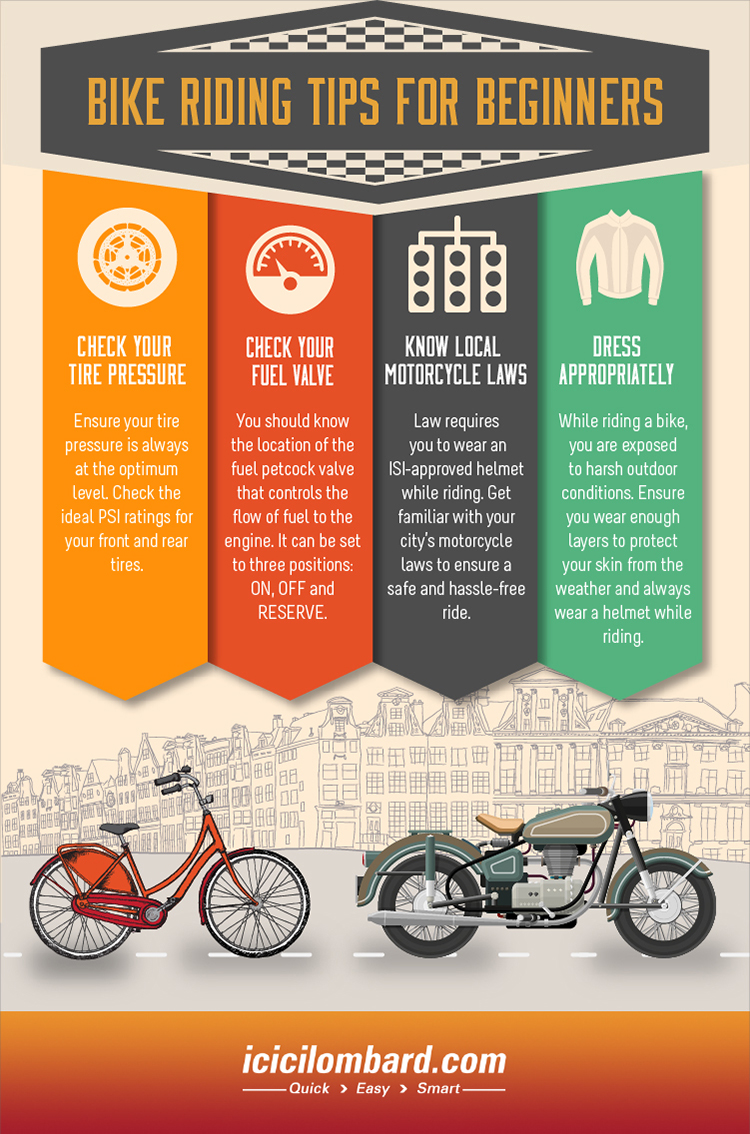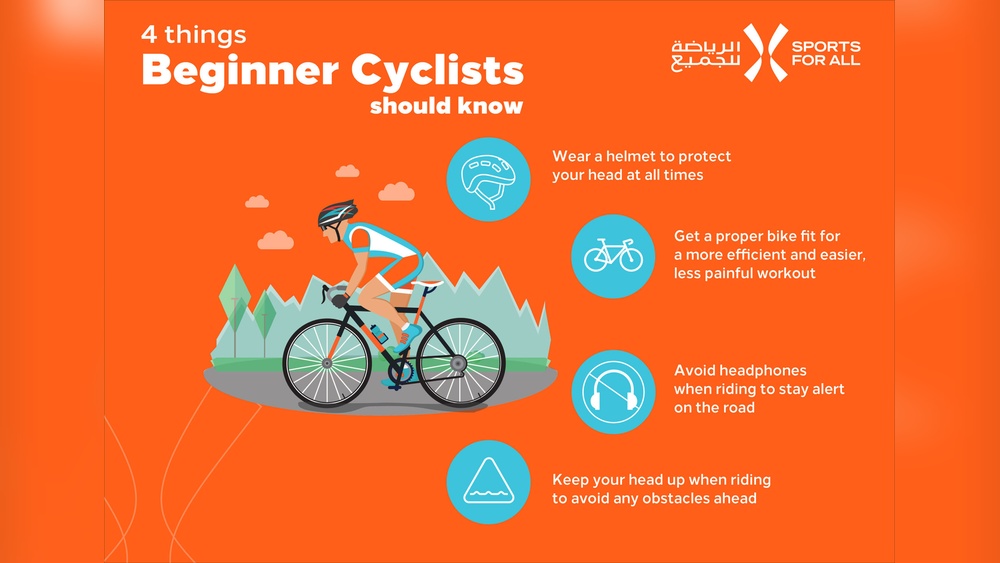Are you thinking about getting back on a bike or trying cycling for the first time as an adult? It can feel a bit overwhelming at first, but with the right tips, you’ll be riding confidently in no time.
This guide is made just for you—simple, clear advice to help you enjoy every pedal stroke. Whether you want to improve your fitness, explore new places, or just have fun, these beginner bicycling tips will make your start smooth and exciting.
Keep reading, and soon you’ll discover how enjoyable and freeing cycling can be!

Credit: www.bicycling.com
Choosing The Right Bike
Choosing the right bike is the first step to enjoy bicycling. The right bike fits your body and matches your riding style. It helps you feel comfortable and safe. This section guides you through important points to pick your first bike.
Types Of Bikes For Beginners
Road bikes are light and fast on smooth roads. Mountain bikes have thick tires for rough trails. Hybrid bikes mix features from road and mountain bikes. They work well on streets and light trails. Cruiser bikes offer a relaxed ride with wide seats. Pick a bike type based on where you plan to ride most.
Sizing Your Bike Correctly
Bike size matters for comfort and control. Stand over the bike frame. There should be about 1-2 inches of clearance for road bikes. Mountain bikes need 2-4 inches clearance. Adjust the seat height so your leg is almost straight at the bottom pedal. Test the bike by sitting and pedaling to feel right.
Essential Bike Features
Look for a bike with reliable brakes. Rim brakes are common and easy to use. Disc brakes offer better stopping power, especially in wet conditions. Choose a bike with multiple gears to handle hills easily. Comfortable handlebars and a cushioned seat improve your ride. Check the weight; lighter bikes are easier to handle.
Basic Gear And Safety Equipment
Starting to bike as an adult means having the right gear and safety tools. Proper equipment keeps rides safe and enjoyable. Basic gear protects your body and helps others see you on the road. This guide covers essential items for beginners. Learn how to pick a helmet, wear comfortable clothes, and use safety lights.
Helmet Selection Tips
A helmet is the most important safety item for cycling. Choose one that fits snugly but not too tight. Look for helmets with safety certifications. Pick a model with good ventilation to keep your head cool. Make sure the straps fasten securely under your chin. Replace helmets after any crash or every few years.
Comfortable Clothing And Accessories
Wear clothes that let you move freely and breathe well. Avoid loose fabrics that can catch on bike parts. Choose padded shorts to reduce seat discomfort on longer rides. Gloves help protect your hands and improve grip. Sunglasses shield your eyes from sun, wind, and dust.
Safety Lights And Reflectors
Lights and reflectors make you visible in low light or at night. Use a white light on the front and a red light on the back. Attach reflectors to your wheels and pedals for extra visibility. Choose bright, flashing lights to catch drivers’ attention. Check batteries before every ride to stay safe.
Learning To Ride Smoothly
Learning to ride smoothly is key for a fun cycling experience. It helps you feel more confident and enjoy your rides. Smooth riding means good control and less effort. Focus on small skills that build your comfort on the bike. Practice makes your movements natural and easy.
Balancing And Steering Techniques
Balance keeps you upright and steady on the bike. Keep your eyes forward, not on the ground. Relax your body and grip the handlebars gently. Use your arms to steer, not just your hands. Make small turns with your body and handlebars. Practice riding in a straight line and around corners slowly.
Starting And Stopping Safely
Start by placing one foot on the ground and the other on a pedal. Push off gently and lift your other foot onto the pedal. Keep your eyes ahead and pedal smoothly. For stopping, slow down by pedaling less and using brakes gently. Put one foot down to stop completely. Practice stopping in a safe, open area.
Shifting Gears Basics
Gears help you pedal easier or faster depending on the road. Use lower gears to climb hills or start moving. Shift gears before the hill, not during the climb. Use higher gears on flat roads to go faster. Change gears smoothly, without pedaling too hard. Practice shifting to feel how each gear works.

Credit: lccc-sd.org
Building Confidence On The Road
Building confidence on the road is key for new adult cyclists. Feeling safe and sure helps you enjoy each ride. Confidence grows with practice and knowledge. Small steps lead to big progress. Focus on learning in safe places first. Understand traffic rules to stay protected. Practice turns and intersections to ride smoothly.
Choosing Safe Practice Areas
Start in quiet, low-traffic places. Parks, empty parking lots, or bike paths work well. Flat, smooth surfaces help you focus on balance. Avoid busy streets until you feel ready. Practice basic skills without pressure. This builds your comfort and control.
Handling Traffic And Road Rules
Learn local traffic signs and signals. Always stop at red lights and stop signs. Use hand signals to show turns and stops. Stay on the right side of the road. Watch for cars, pedestrians, and other cyclists. Ride predictably to help others see you.
Navigating Turns And Intersections
Slow down before turns and look both ways. Use hand signals to alert others of your moves. Check for cars and pedestrians carefully. Practice making wide, smooth turns. At intersections, wait for a safe gap before crossing. Confidence comes from knowing what to expect.
Maintenance Tips For Beginners
Keeping your bike in good shape helps it last longer and run smoothly. Basic maintenance saves money and avoids bigger problems. Simple checks and fixes keep rides safe and fun. Start with easy steps anyone can do at home.
Basic Cleaning And Lubrication
Clean your bike after every few rides. Use a soft brush and mild soap. Avoid strong chemicals that can damage parts. Rinse with water and dry with a cloth. Lubricate the chain to keep it moving smoothly. Apply bike-specific oil, not too much. Wipe off extra oil to stop dirt buildup.
Checking Tires And Brakes
Look at your tires before every ride. Check for cuts, cracks, or low air. Use a hand pump to keep tires firm. Soft tires make pedaling hard and unsafe. Test your brakes by squeezing the levers. Make sure they stop the wheels quickly. Replace brake pads if they look worn out.
Simple Repairs To Know
Learn how to fix a flat tire. Carry a patch kit or spare tube on rides. Know how to adjust your seat and handlebars. Tighten loose bolts with the right tools. Check the chain for rust or damage. Replace it if links break or skip. Small fixes keep your bike ready to roll.
Staying Motivated And Setting Goals
Staying motivated is key for adult beginners in bicycling. Setting clear goals helps keep focus and excitement. Small, reachable targets build confidence and make rides enjoyable. Motivation grows when progress feels real and visible. Consistency comes easier with a plan and support.
Tracking Progress And Distance
Track your rides using apps or a simple notebook. Note distance, time, and how you feel each ride. Seeing progress boosts motivation and shows improvement. Set weekly or monthly distance goals to stay on track. Celebrate hitting your targets to keep spirits high.
Joining Local Cycling Groups
Find local cycling groups for beginners. Group rides offer support and safety on roads. Meeting others with similar goals creates motivation. Groups often share tips and encourage each other. Riding with others makes the experience fun and social.
Planning Your First Rides
Choose easy routes for your first rides. Start with short distances to build confidence. Check the weather and prepare your gear beforehand. Plan rides during quiet times to avoid traffic. Gradually increase distance as your skills improve.

Credit: www.kdfoundation.org
Frequently Asked Questions
What Is The Best Beginner Bike For Adults?
A hybrid bike is ideal for adult beginners. It combines comfort, durability, and versatility. This bike suits city rides and light trails. Look for a lightweight frame and adjustable seat for comfort. Prioritize quality brakes and gears for safety and ease of use.
How To Improve Balance While Cycling?
Start by practicing on flat, open areas. Keep your eyes forward, not on the wheels. Use your core muscles to maintain stability. Gradually increase your riding time to build confidence. Wearing proper footwear also helps with better control.
What Safety Gear Should Adult Beginners Wear?
Always wear a well-fitting helmet to protect your head. Use bright, reflective clothing for visibility. Gloves can improve grip and protect your hands. Consider knee and elbow pads for extra safety. Use front and rear lights if riding in low light.
How Often Should Beginners Practice Cycling?
Aim for 3 to 4 sessions per week. Each session can last 20 to 30 minutes. Regular practice builds stamina and skill steadily. Avoid overexertion to prevent injury. Consistency is key for faster improvement and confidence.
Conclusion
Bicycling brings fun and health benefits to adults of all ages. Start slow, practice often, and enjoy the ride. Always wear a helmet and follow traffic rules. Choose a bike that fits you well and feels comfortable. Stay safe by checking your bike before each ride.
Remember, every small step builds your confidence. Keep riding, and soon cycling will feel natural and fun. Your journey to better health and happiness can begin today.




